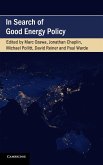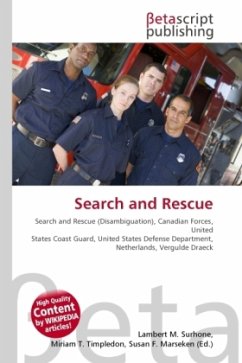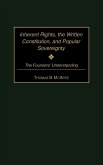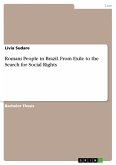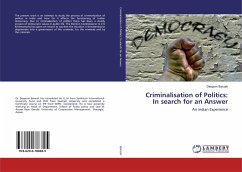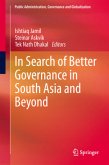"On a rainy and gloomy 2 September 1967, Roy Bates, a WWII veteran and former Major in the British Army, declared himself the ruler of the new Principality of Sealand. Like many political entities seeking statehood, several challenges immediately confronted the apparent nation. The difficulties facing Sealand appeared particularly grave. To begin with, the entirety of the Principality's territorial claim consisted of a 4,100-tonne de-commissioned artificial naval installation located off the coast of Essex in the River Thames estuary. Initially built in 1942 to guard the United Kingdom (UK) port of Harwich from invasion, the until recently abandoned naval fort possessed no arable land. In fact, it possessed very little habitable land at all. The purportedly independent state resembled an abandoned oil rig in being comprised of a 51-by-27-metre pontoon supported by two 18-metre hollow reinforced concrete towers of around 7.3 metres in diameter"--


